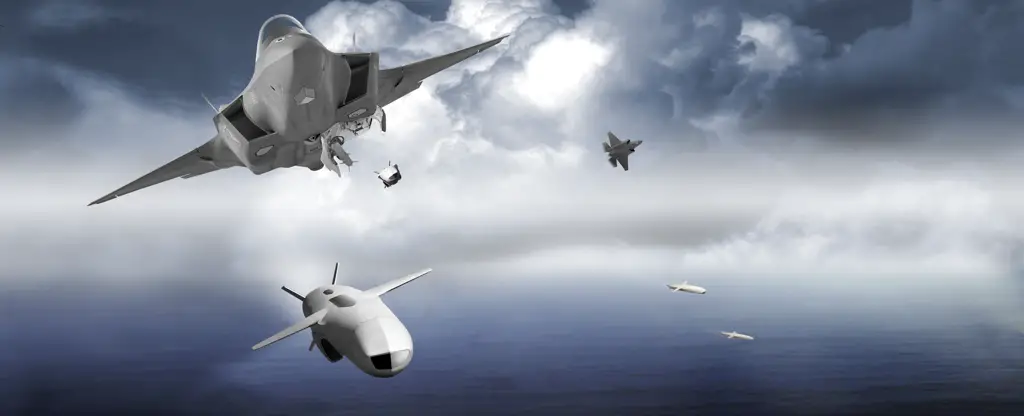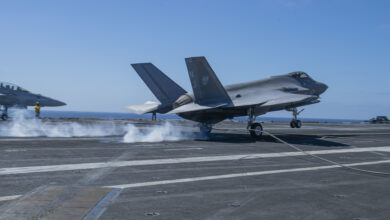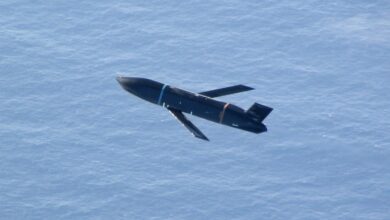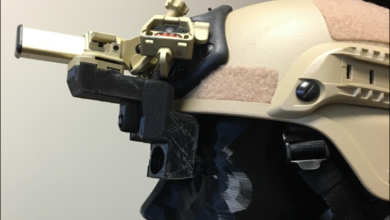The US Air Force has awarded its first Joint Strike Missile (JSM) cruise missile contract to Kongsberg Defence & Aerospace for its F-35s.
Kongsberg will produce the missiles for $141 million in Norway through August 31, 2026.
The production Lot 1 contract includes JSM all-up rounds, containers, and test equipment, with $69 million being allocated for fiscal 2024.
The number of missiles to be purchased was not stated. However, the service said in 2023 it was planning to procure 268 JSMs over the next five years, including 48 in 2024.
“The selection of JSMs by both the USAF and Royal Norwegian Air Force also fully supports NATO’s vision for interchangeability of equipment between allied nations,” said Kongsberg Defence & Aerospace President Eirik Lie.
Joint Strike Missile
An enlarged air-launched version of Kongsberg’s Naval Strike Missile, the JSM was adapted for deployment on the F-35A/C during the missile’s first development phase.
The US Air Force operates the F-35A, while the US Marines operate the F-35C.
The Lockheed Martin aircraft could carry it both internally and externally for a range of strike missions against marine and land-based targets.
According to The War Zone, the JSM is an interim stand-off anti-ship capability until the F-35A gets the larger AGM-158C Long-Range Anti-Ship Missile (LRASM).
Additionally, the missile’s smaller size allows it to fit inside the jet’s internal weapons bay, helping the aircraft maintain its stealth, the outlet added.
Meant for F-35
Kongsberg developed the missile in cooperation with Raytheon.
It is the only anti-ship cruise missile that can fit inside the F-35A/C’s internal weapons bay.
The Royal Norwegian Air Force is integrating the JSM with its F-35A fleet, with similar plans from Japan and Finland.
Features
The missile features a range of 350 miles (563 kilometers), a speed of Mach 0.7 – 0.95, a length of 4 meters (13 feet), and weighs 407 kilograms (897 pounds).
It carries a 260-pound (118-kilogram) warhead and uses GPS and inertial navigation for guidance.
Additionally, it uses an imaging infrared seeker for precise targeting during the flight’s terminal phase.
The passive seeker’s immunity to radio frequency jamming enhances the missile’s effectiveness.












